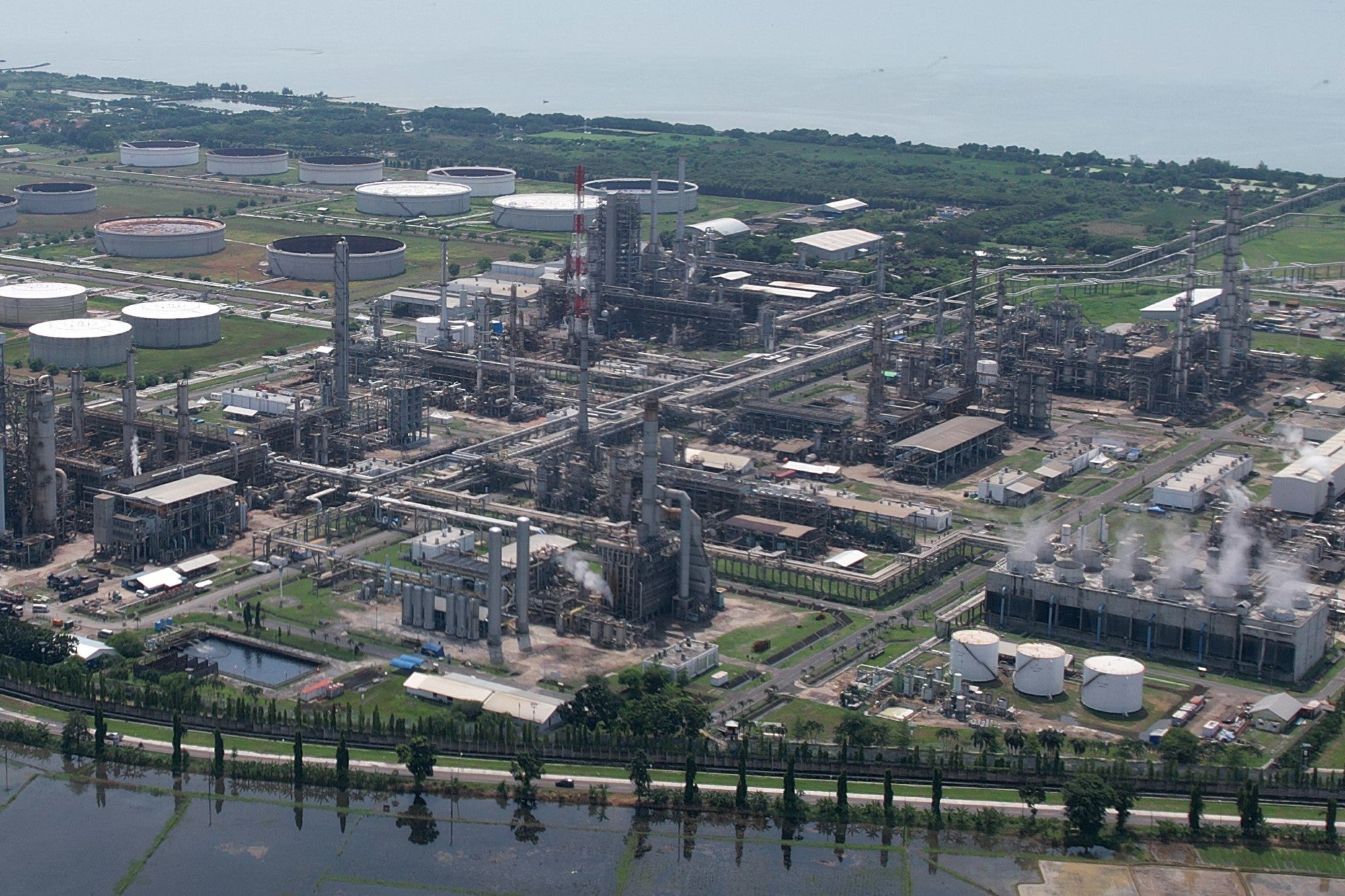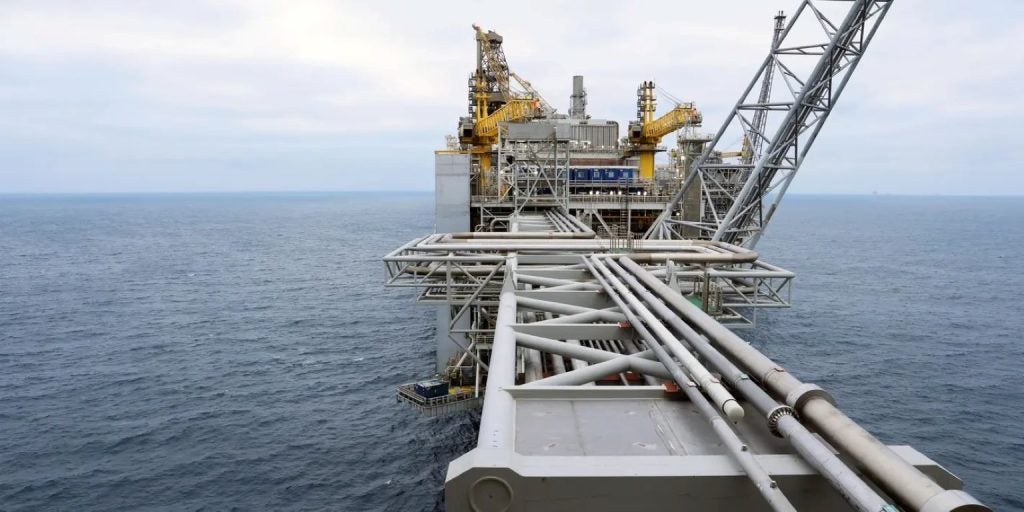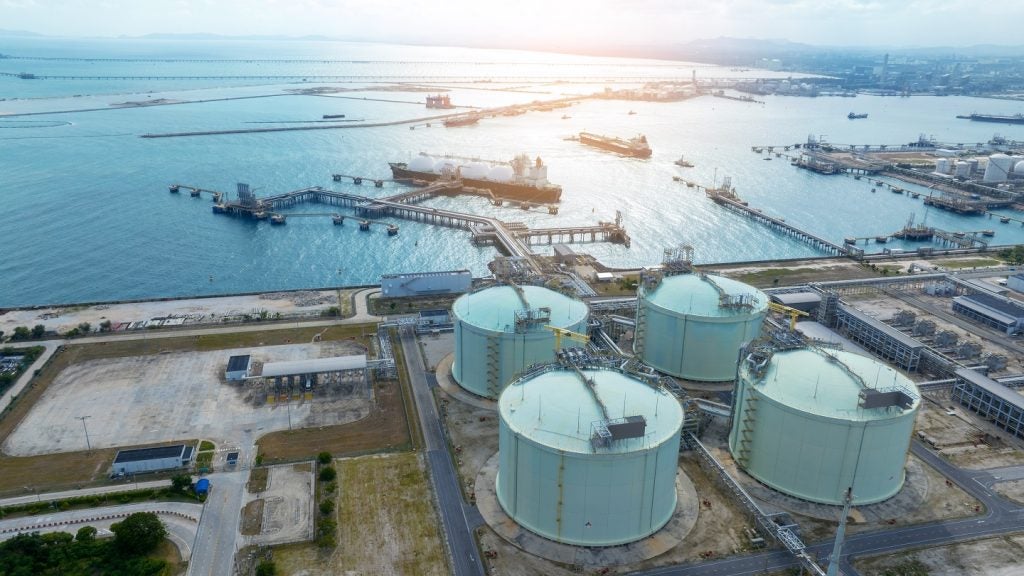
Carbon capture, utilisation and storage (CCUS) is something of a lifeline for some of the world’s most polluting industries. Construction, mining and – notably – oil and gas, face something of an existential question with regards to minimising their considerable environmental impacts, as their work is heavily reliant on the use of large-scale, fossil fuel-powered machinery, or in the case of oil and gas, their work involves pumping fossil fuels out of the Earth itself.
CCUS provides a different way for these companies to reduce their carbon footprints. The practice of capturing and storing carbon dioxide, rather than tackling the causes of the emissions themselves, which are so often tied up in the very fabric of these sectors, could allow companies such as those in the offshore sector to minimise their emissions without having to cut back on their fossil fuel usage or production.
This has been the case for several years, but the process is starting to expand on an industrial scale. A December 2022 report from GlobalData notes that, according to ExxonMobil and Occidental Petroleum, the global CCUS market could be worth a staggering $4tn by 2050, which suggests that the technology will receive considerable attention and investment as the world progresses towards the 2050 deadline for many of its most ambitious climate targets.
This sentiment is echoed by the International Energy Agency (IEA), whose reporting is optimistic that the process could finally be ready to live up to its significant potential. A 2020 report notes that while annual CCUS investment has historically accounted for less than 0.5% of the world’s investment in clean energy, projects currently at “advanced stages of planning” represent more than $27bn in total investment, a clear sign that the world’s energy leaders are beginning to embrace CCUS.
Yet with the oil and gas industry facing a string of existential questions as to how it can co-exist with a world increasingly aware of the physical health of the planet, relying exclusively on CCUS for answers is a considerable ask.
See Also:
A high-potential process
The process of CCUS is conceptually simple, and perhaps this is a reason as to why it is an attractive investment for leaders in so many industries.
How well do you really know your competitors?
Access the most comprehensive Company Profiles on the market, powered by GlobalData. Save hours of research. Gain competitive edge.

Thank you!
Your download email will arrive shortly
Not ready to buy yet? Download a free sample
We are confident about the unique quality of our Company Profiles. However, we want you to make the most beneficial decision for your business, so we offer a free sample that you can download by submitting the below form
By GlobalDataCarbon dioxide is separated from the exhaust streams of power stations and industrial facilities – through a number of processes, including chemical absorption, where ammonia is used to absorb the carbon dioxide – and a company can then manipulate this pure carbon dioxide.
The gas is then stored, typically in remote areas far from human habitation and infrastructure, such as underground salt caverns, or in plant life and microorganisms. This is the simplest way of dealing with the carbon dioxide and offers the most obvious gains for companies trying to decarbonise their emissions.
UK power station Drax notes that the UK alone has the capacity to store around 70 billion tonnes of carbon dioxide in caverns beneath its waters, easily enough space for the 53 million tonnes of carbon dioxide that the UK has the capacity to store per year, according to the country’s Climate Change Committee.
There are more ambitious variations on this approach, notably the ‘utilisation’ aspect of CCUS. Processes such as these do not passively store the carbon dioxide, but actively use it in a range of industrial activities.
The most well-known is the use of carbon dioxide in so-called “gas injection” practices in enhanced oil recovery, where the gas is used to manipulate subterranean oil reservoirs to enable miners to access more of the oil. This process can open up 30%-60% more of the reservoir’s original oil deposit, according to the US Office of Fossil Energy and Carbon Management, and gas injection accounts for nearly 60% of such recovery processes in the US.
These ambitions are a key component of the push towards greater use of CCUS, especially in the offshore sector. Caroline Brown, environment manager at Offshore Energies UK (OEUK), the trade association representing offshore companies in the UK, points to this, saying: “Although good progress is being made, we are aware that there is always more to be done.”
“OEUK members across the supply chain are working together to ensure a reduction in emissions, minimise waste and improve capabilities for responding to any offshore incident which could have the potential to negatively impact the environment.”
Government and private support
Such processes are, of course, attractive to a sector that has historically struggled to minimise its environmental impact. In 2020, research from McKinsey concluded that the oil and gas industry produced fuels that contributed to 33% of global emissions, and the operations themselves accounted for an additional 9% of all human-made greenhouse gases.
Similarly, the IEA reported, in 2018, that the industry was responsible for producing around 5.2 billion tonnes of carbon dioxide equivalent, around 15% of the energy sector’s total greenhouse gas emissions, establishing the oil and gas industry as not only a major polluter in general terms, but one responsible for a significant quantity of emissions even within the carbon-intensive power sector.
When asked about the sector’s environmental footprint, Kareem Shafi, senior CCUS adviser at OEUK, points to CCUS’s potential in this area.
“The development of carbon capture and storage (CCS) will enable large parts of the UK’s downstream oil and gas sectors, as well as other energy intensive sectors and wider society, to significantly reduce emissions and will have a big impact on industry’s environmental performance,” said Shafi.
“Through commitments made in the 2021 North Sea Transition Deal (NSTD), our industry is aiming to capture [between] 20 million and 30 million tonnes of carbon dioxide equivalent per year by 2030.”
The NSTD is a vital piece of legislation in the UK that, alongside technologies such as CCUS, could make or break the country’s climate commitments. The deal made ambitious plans for the UK offshore sector, including investments of up to $19.5bn (£16bn) in new energy technologies by 2030, to help the country reduce its greenhouse gas emissions by 60 million tonnes.
Early results are encouraging, with a report produced one year on from the initial deal noting that, between 2018 and 2022, upstream greenhouse gas emissions fell by 11%, just above the target set out in the NSTD of a 10% reduction by 2025.
OEUK’s supply chain and people director Katy Heidenreich said: “Decarbonising the oil and gas sector is the responsibility of both the industry and the UK Government,” adds Katy Heidenreich, director of people and supply chains at OEUK. “This is a transformative partnership which harnesses the capability of what is now the offshore energies industry to help the UK meet its climate ambitions of achieving net-zero emissions by 2050, affordably and at pace.
“A key part of the NSTD is the industry’s commitment to halving upstream emissions by 2030 and it is investing heavily in electrification, carbon capture and storage and hydrogen.”
Beyond storage
Of course, there are limits to the effectiveness of both CCUS as a practice. Chief among these are the relatively high cost and low adoption of CCUS technology. A 2021 report from the IEA found that direct air capture can cost as much as $340 per tonne of carbon dioxide captured, significantly more than carbon capturing cost in other sectors, such as iron and steel, where it costs just $100 to capture a tonne of carbon dioxide.
The combination of growing interest in CCUS, and the fact that it has not been widely implemented in large-scale oil and gas facilities, means that deploying the process could become very expensive very quickly, as companies struggle to update their facilities to match their goals.
There are also existential questions for both CCUS and the oil and gas industry more broadly. The popularity of CCUS stems from the fact that investing in the process does not necessarily require an offshore company to cut its oil production. This creates a bizarre situation where oil, a fossil fuel known to contribute to global warming, is produced via a means that could be considered ‘carbon-neutral’, enabling companies to continue oil and gas production, but still claim to be working towards nebulous climate change goals.
Indeed, for all its verbal commitments to minimising its environmental impact – including going so far as to change its name to remove “oil and gas” from its title – OEUK remains invested in the production of oil. In the decade to 2022, facilities on the UK Continental Shelf produced around six billion barrels of oil equivalent, and OEUK has reported that there are new deposits that could be drilled that would add 8.4 billion barrels of oil equivalent to the UK’s energy mix.
These strong production figures do little to address the existential question facing the oil and gas industry, that the sector as a whole is reliant on a process considered by many to be at odds with the long-term habitability of the planet, and this is not a question that will be solved by the building of new CCUS infrastructure.
Shafi agrees that CCUS alone won’t answer these challenges, and calls for a more collaborative approach to help secure the long-term sustainability of the planet.
“CCS will mainly target emissions from power generation and industrial processes, including the refining and usage of oil and gas, so a range of other low carbon solutions will be needed to make the sector more sustainable,” says Shafi.
“While CCS won’t decarbonise oil and gas extraction, other solutions like electrification and reductions in venting and flaring will.”






